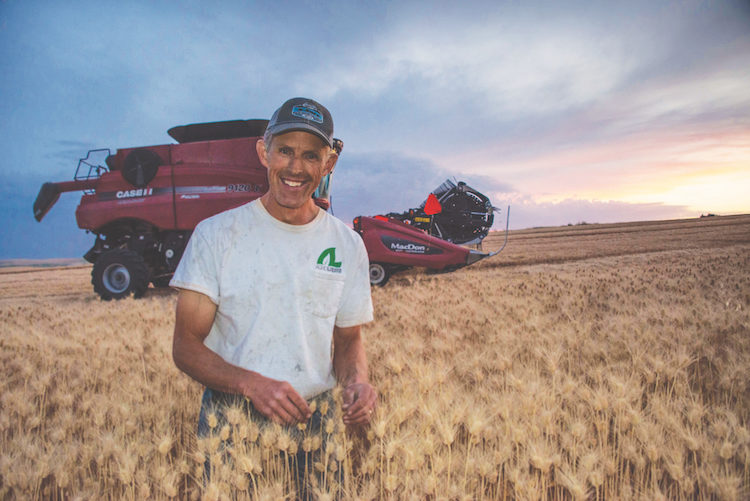No-Till Farmer
Get full access NOW to the most comprehensive, powerful and easy-to-use online resource for no-tillage practices. Just one good idea will pay for your subscription hundreds of times over.

Erosion gives and erosion takes away in the dune-like hills of the Palouse region. Created by soils blown in from the Southwest, the silty hills that loom over and dramatically break away to the Clearwater and Snake Rivers are highly vulnerable to erosion themselves. Farming intensifies this effect and we farm everything up to around a 45% slope, so nearly every inch of the region is at risk. You can get quite the workout scouting some of our fields.
My family settled our Genesee, Idaho, farm near the Washington border in 1894, right around when the area started shifting from livestock to wheat production. The grand barns found at nearly every farmstead are a mystery to those passing through as crop land stretches far and wide, and a cow is a somewhat rare sight. Those barns, which now usually house equipment, are a testament to the history of the area and a reminder that the soils that support our livelihood do a much better job of staying put when they are covered.
Cover can be a challenge. We have a Mediterranean-type climate. Most rainfall comes in winter and spring with dry summers. It’s a tremendous environment for…